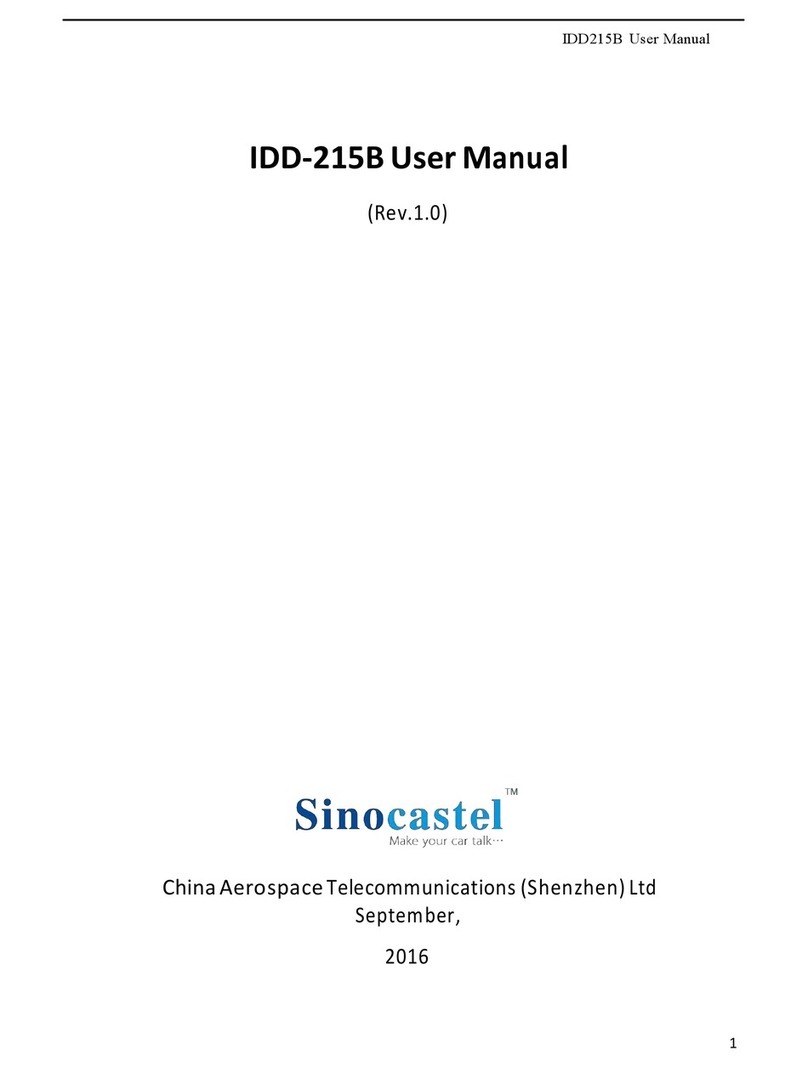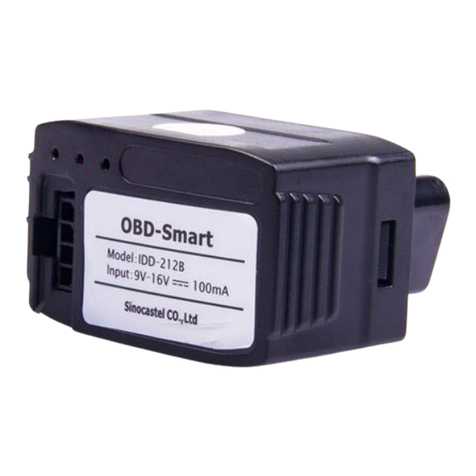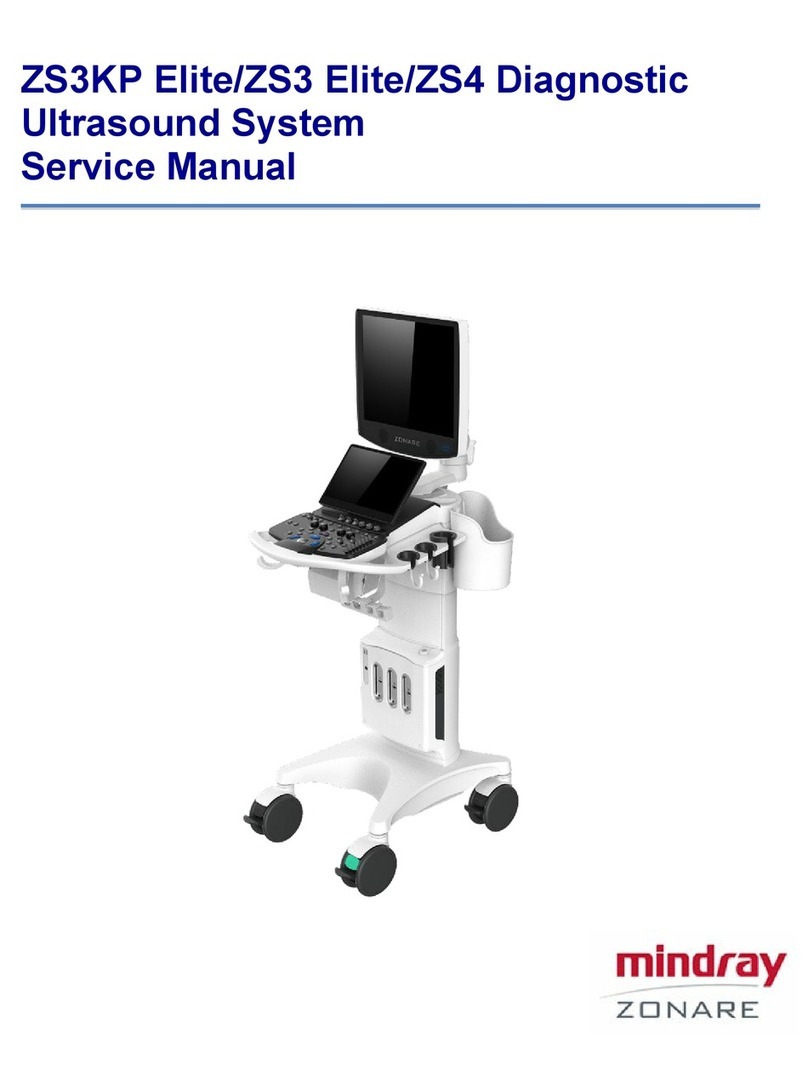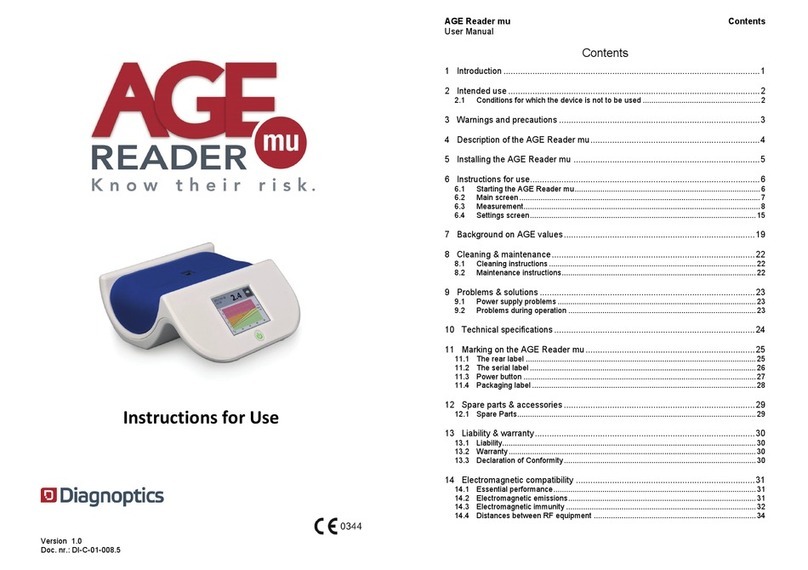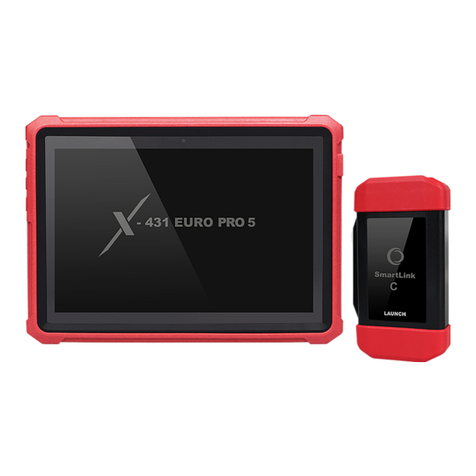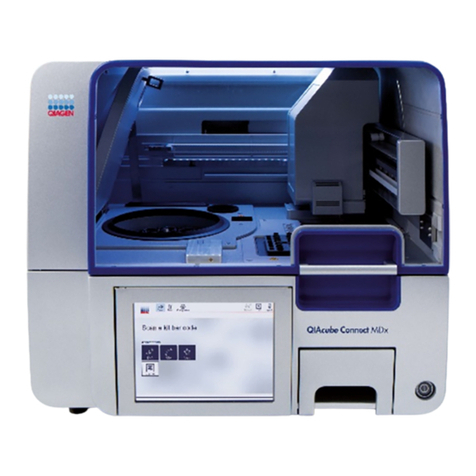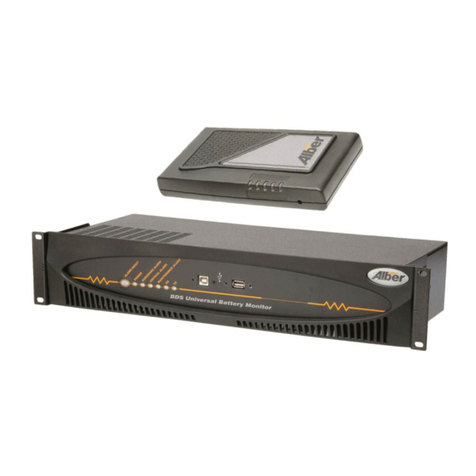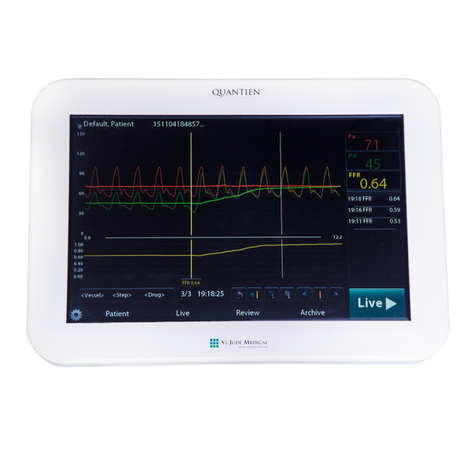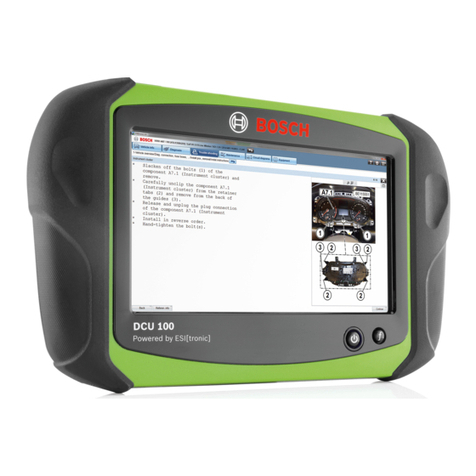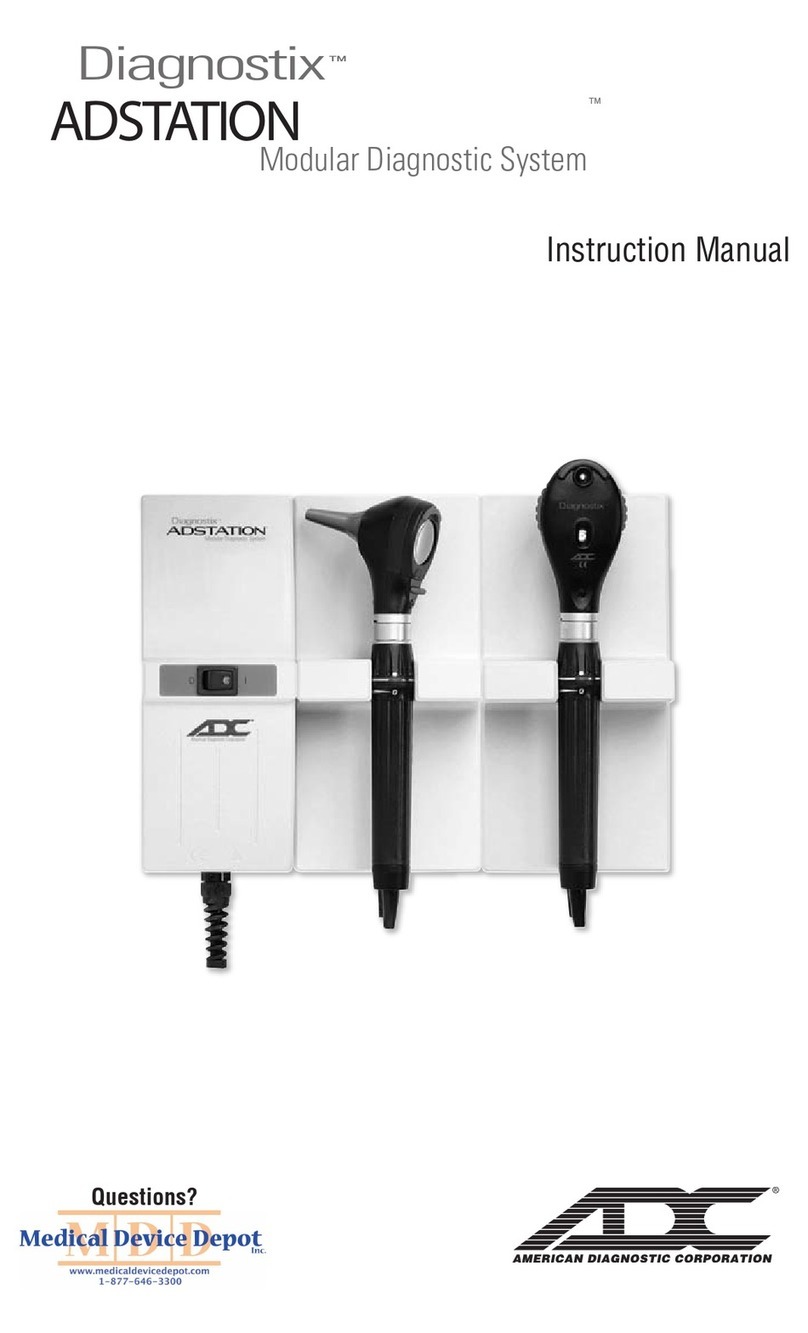SinoCastel IDD-213E User manual

IDD-213E User Manual
(Rev. 1.4)
Knowledge Gate for Information Technology
September, 2014

IDD-213E User Manual
Contents
1. Introduction ......................................................................................................................................................................
3
2. Specifications ...................................................................................................................................................................
4
2.1
External Interface ....................................................................................................................................................
4
2.2
Status Indicator .......................................................................................................................................................
5
2.3
Technical Parameters ............................................................................................................................................
6
3. Device Configuration ....................................................................................................................................................
8
3.1
PC Tool .......................................................................................................................................................................
8
3.2
SMS Instructions .....................................................................................................................................................
8
4. Installation Instruction.................................................................................................. .............................................
10
4.1
SIM Card Installation ..........................................................................................................................................
10
4.2
OBD Port .................................................................................................................................................................
11
4.3
Device Installation ...............................................................................................................................................
12
5. Functions ........................................................................................................................................................................
16
5.1
OBD Protocols ......................................................................................................................................................
16
5.2
Location Inquiry ...................................................................................................................................................
16
5.3
Regular GPS data reporting.............................................................................................................................
16
5.4
Regular G-Sensor Data Reporting ................................................................................................................
17
5.5
Regular Diagnostic Data Reporting ..............................................................................................................
17
5.6
DTCs Reporting ....................................................................................................................................................
17
5.7
Cell ID Reporting .................................................................................................................................................
17
5.8
GPS Data Reporting in Sleep Mode .............................................................................................................
18
5.9
Data storage/Supplementary Report in Dead zones.............................................................................
18
5.10
Trip Mileage ........................................................................................................................................................
18
5.11
Trip Fuel Consumption ...................................................................................................................................
18
5.12
Driving behavior monitoring ........................................................................................................................
18
5.13
Alarms and Events Reporting .......................................................................................................................
18
5.14 Working Mode ...................................................................................................................................................
19
5.15
GPS/Cellular Timer ............................................................................................................................................
19
5.16
SMS Alert ..............................................................................................................................................................
19
5.17
Google Map Link ...............................................................................................................................................
20
5.18
Remote Configuration ....................................................................................................................................
20
5.19
SMS Configuration ...........................................................................................................................................
20
5.20
PC Tool Configuration .....................................................................................................................................
20
6. Disclaimer .......................................................................................................................................................................
21
1

IDD-213E User Manual
7. Warranty .........................................................................................................................................................22
8. Statement .......................................................................................................................................................23
2

IDD-213E User Manual
1. Introduction
IDD-213E is an intelligent on-board diagnostic device with OBD II and SAE
J1939/J1708 (Heavy duty) compliant, it features plug-and-play technology, could read
diagnostic info from vehicle ECU and capture location data with built-in GPS, then
send them to backend server for real-time remote diagnostic and tracking purpose.
Packing List
Parts name
Quantity
Note
IDD-213E OBD Dongle
1
●
USB Configuration
1
○
Cable
OBD II extension cable
1
○
9-Pin deutsch wiring harness
1
○
6-Pin deutsch Wiring harness
1
○
Power cable (including 3A Fuse)
1
○
SOS button
1
○
Note: ● Standard configuration ○ Optional configuration
(Optional accessories will not be included if there is no indication in the order)
3

IDD-213E User Manual
2. Specifications
2.1 External Interface
Product appearance as follows:
OBD Connector
SOS Button
Interface
GPS LED USB Interface
Cellular LED
Power/OBD LED
SIM Card Slot
1. Standard OBD Connector
Connect to the 16 pin on-board Diagnostic Link Connector (DLC).
2. Mini USB interface
Connect to PC through USB configuration cable.
3. SOS button Interface
This is a SOS button interface, to connect the SOS button for emergency, interface
type is MMCX.
4. SIM Card slot
4
Table of contents
Other SinoCastel Diagnostic Equipment manuals

